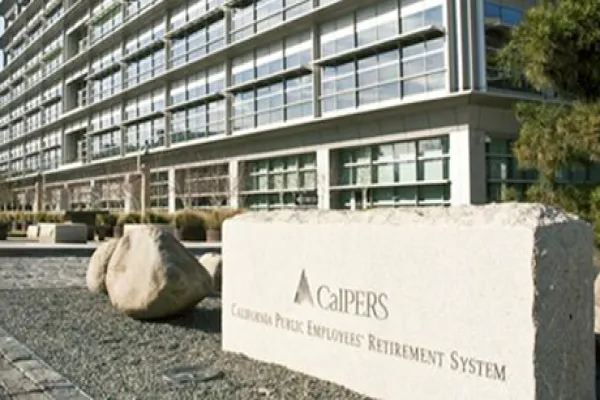| OPT IN In the Company of Owners: The Truth about Stock Options (And Why Every Employee Should Have Them) By Justin Dini January 2003 Institutional Investor Magazine Have stock options gotten a bum rap? Amid a rash of corporate scandals, options are under attack from shareholder activists, money managers, disgruntled workers and politicians. But Joseph Blasi and Douglas Kruse, professors at Rutgers School of Management and Labor Relations, and BusinessWeek associate editor Aaron Bernstein argue that stock options are a very good thing -- for the rank and file as well as the top brass. In their new book, In the Company of Owners: The Truth about Stock Options (And Why Every Employee Should Have Them), the authors contend that stock option plans that extend to all employees make workers more productive and thus make companies more profitable, more stable and better places to toil. "The argument of this book is that investors and employees alike would gain if companies turned employees into corporate partners by granting stock options to most of the workforce," the authors write. "Most U.S. corporations would be better run and in the long run more profitable if America pursued this approach." They call their strategy "partnership capitalism." Although much of the book's evidence appears to have been culled from newspaper and magazine articles, much of the analysis and number-crunching is original and provocative. The authors make deft use of statistics to buttress their central argument. Sensibly, the authors tackle at the outset the widespread criticism of stock options, conceding that these have handsomely lined the pockets of more than a few executives. "It has become all too clear that the run-up in the stock market during the 1990s proved to be too great a temptation for many of America's leading corporate executives," they write in the book's second sentence. In fact, Blasi, Kruse and Bernstein calculate, the top five executives at the 1,500 largest U.S. companies reaped in aggregate $183 billion in options profits in 2000 alone -- a fivefold increase from the beginning of the 1990s. The chief executives of American companies control roughly 11 percent of all outstanding public shares in the U.S. -- versus next to nothing two decades ago. If those CEOs simultaneously exercised all their options today, they would reap $180 billion in profits, even after three years of declining equity markets. By acknowledging the abuses -- and offering new and stark evidence of their impact -- the authors free themselves to mount a pretty persuasive case for why options work. Some of the country's most successful companies have given options to employees: Blasi, Kruse and Bernstein cite Microsoft Corp. and Netscape Communications as examples of companies that generously awarded stock options to a majority of their employees and benefited from a more dedicated workforce as a result. The authors note Netscape's successful 1997 push into the market for groupware, software that allows everyone in a group to communicate with one another over the Internet. Netscape co-founder James Clark set a goal for groupware sales, and if the company met it, every Netscape employee would receive more options. In the second quarter of 1997, the company sold $135 million worth of groupware -- an 80 percent increase over the same period in 1996. Clark and his co-founder, Marc Andreesen, both credit the company's success in this campaign to the lure of stock options. (Netscape was acquired by America Online in 1998.) Not surprisingly, companies in what the authors call the High Tech 100 have been much more open to the idea of shareholder capitalism than their counterparts among more traditional corporations. During the go-go '90s, of course, cash-strapped technology start-ups used stock options in lieu of salary to attract and compensate their employees. Again, the statistics are instructive: Workers at High Tech 100 companies own 17 percent of their employers' outstanding stock; workers at what the authors call the Corporate America 100 (randomly selected companies with market capitalizations of more than $1.6 billion) own just 2 percent. That's a mistake, Blasi, Kruse and Bernstein argue. They cite their own 2000 study, which noted that companies with broad-based option plans saw their average productivity grow 6 percentage points faster than companies with no employee option plans in the 1985'87 and 1995'97 periods. Investors in those companies benefited as well: Between 1992 and 1997, companies that offered options to every employee had average annual returns of 23 percent, versus 18 percent for all nonoption public companies and 22 percent for the S&P 500 stock index. It's hard to argue with those results.
|
©Copyright 2003 Institutional Investor, Inc. Write a letter to the editor |





